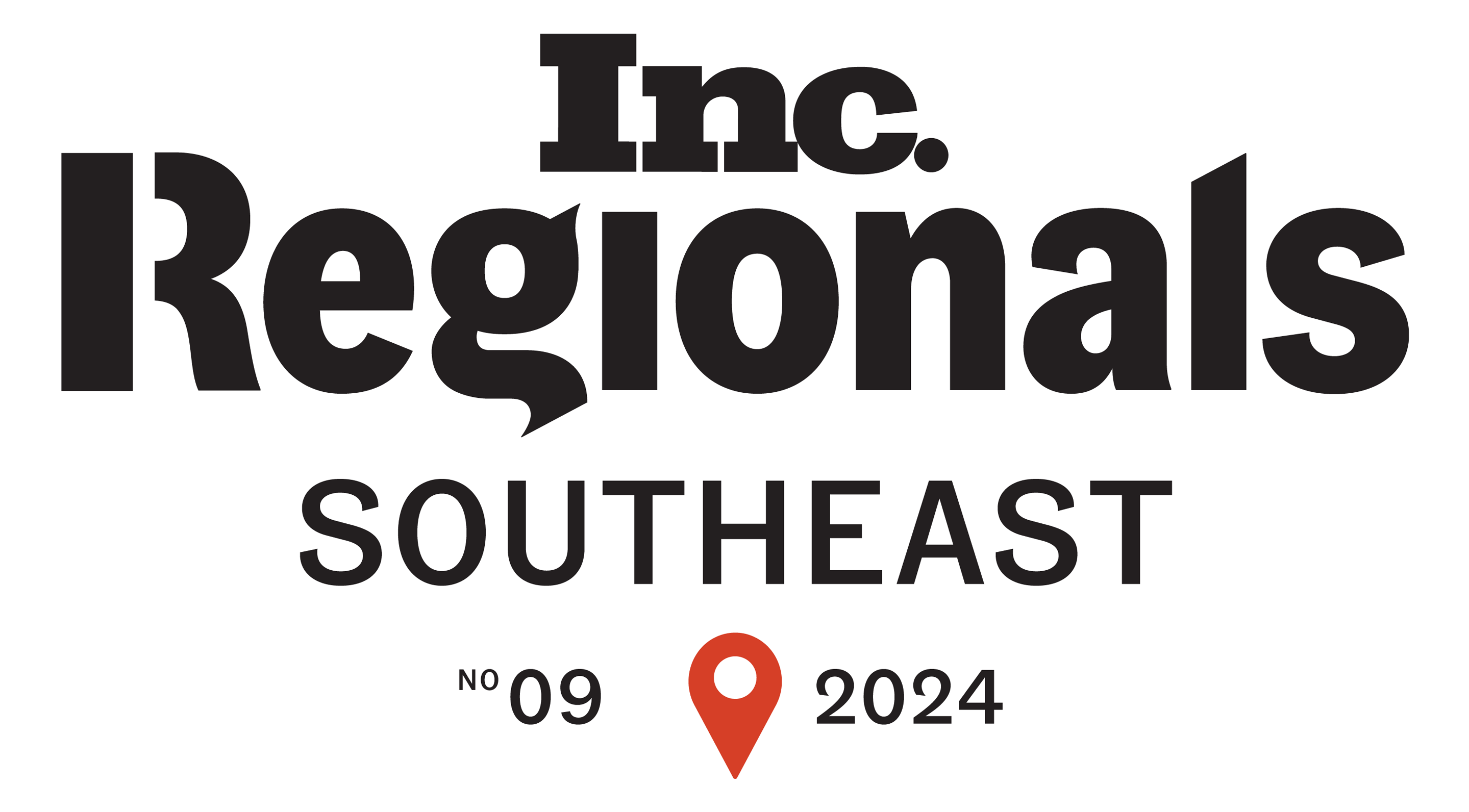Juggling product quality, customer satisfaction, and financial risks can be overwhelming, especially when dealing with high volumes or complex claims. This comprehensive guide will empower you to tackle these challenges head-on, ensuring a seamless and efficient warranty claims process.
Manufacturers can no longer afford to view warranty claims as a costly liability. Instead, they should embrace a proactive approach that transforms claims into opportunities for fostering customer loyalty and refining product quality. By following the best practices outlined in this article, you'll gain a competitive edge while safeguarding your brand's reputation and bottom line.
What Are the Essential Steps in Reporting a Warranty Claim?
Reporting a warranty claim might seem straightforward, but there are critical steps to ensure accuracy, compliance, and timely resolution. First and foremost, establish clear internal protocols for gathering and documenting essential information right from the initial customer inquiry or product incident report.
When initiating a warranty claim, capture as many details as possible about the:
- Product details (model, serial number, purchase date, etc.)
- Customer information (name, contact details, location)
- Incident description (date, location, circumstances)
- Observed defect or failure (symptoms, severity, potential causes)
This comprehensive documentation will streamline the claims process and prevent unnecessary delays or information gaps. Implement a centralized system for recording and tracking warranty claims, such as a dedicated software solution or a well-organized database. Assign unique claim identifiers and maintain detailed logs of all communication, actions taken, and resolutions to ensure transparency and accountability throughout the claims lifecycle.
Many warranties specify timeframes within which claims must be reported and resolved. Familiarize yourself with these deadlines and establish internal benchmarks to ensure compliance. Prompt reporting not only upholds your legal obligations but also demonstrates your commitment to customer satisfaction.

How Do I Ensure Timely Reporting of Incidents and Claims?
Delayed reporting of incidents and claims can have severe consequences, including missed warranty deadlines, prolonged customer dissatisfaction, and increased costs due to escalating issues or compounded damages. To avoid these pitfalls, proactive monitoring and rapid response are crucial.
Beyond potential legal implications and financial losses, delayed reporting can severely damage your brand's reputation. In today's social media landscape, disgruntled customers can quickly amplify negative experiences, tarnishing your hard-earned goodwill.
To stay informed about incidents involving your products, implement robust product monitoring and feedback mechanisms, such as:
- Customer support channels (phone, email, social media)
- Product registration and warranty activation processes
- Quality control and field monitoring protocols
- Industry watchdogs and consumer advocacy groups
Staying attuned to customer feedback and industry trends will help you identify potential issues early and respond proactively. Consider leveraging specialized warranty management software or partnering with experienced third-party service providers to automate notification processes, streamline data collection, and ensure compliance with reporting timelines.
What Information Should I Provide When Reporting a Claim?
Accurate and comprehensive information is the foundation of an effective warranty claims process. When reporting a claim, be prepared to provide detailed documentation encompassing the following:
Gather and document all relevant details about the alleged accident and involved parties, including:
- Date, time, and location of the incident
- Parties involved (customers, witnesses, service providers)
- Detailed descriptions of the events leading up to the incident
- Photographic or video evidence, if available
This information will aid in determining the root cause and establishing liability.
Maintain meticulous records of the specific product unit involved, including:
- Model and serial numbers
- Purchase date and location
- Warranty coverage details, such as duration, limitations, and exclusions
- Maintenance and service history
This information will help verify warranty eligibility and facilitate an efficient claims resolution process. Many insurers and service providers have preferred formats or templates for claims reporting. Familiarize yourself with these requirements to ensure compliance and streamline information sharing. If no specific format is provided, develop a standardized template for internal use.
How Do I Collaborate with My Insurer in the Claims Process?
Effective collaboration with your insurer is crucial for navigating warranty claims successfully. Both parties share a vested interest in resolving claims promptly and minimizing financial exposure.
Your insurer plays a pivotal role in the claims process, including:
- Verifying warranty coverage and eligibility
- Assessing liability and determining compensation
- Coordinating with service providers for repairs or replacements
- Managing financial reserves and reimbursements
Clearly understanding your insurer's role will help you align expectations and streamline the collaborative process. Establish clear communication channels and protocols for sharing information with your insurer, providing comprehensive documentation such as product and incident details, customer information and correspondence, service records and repair estimates, and any relevant legal or regulatory requirements.
Regular communication and transparency will foster trust and facilitate smoother claims resolutions. Most insurers have established procedures for claims handling, such as designated contact points, specific documentation requirements, timelines for information sharing and decision-making, and dispute resolution mechanisms. Familiarize yourself with these procedures and ensure your internal processes align with your insurer's expectations.

What Are the Benefits of Outsourcing Warranty Claims Processing?
As warranty claims volumes and complexities increase, many manufacturers are turning to outsourcing as a strategic solution. Partnering with specialized service providers can yield significant benefits, including improved efficiency and reduced costs. Experienced service providers leverage economies of scale, streamlined processes, and advanced technologies to handle warranty claims more efficiently, translating into reduced operational costs, faster resolution times, and improved customer satisfaction.
Service providers specializing in warranty claims management offer:
- Expertise in navigating complex regulations and compliance requirements
- Access to global networks of qualified service providers
- Robust data management and analytics capabilities
- Scalable resources to handle fluctuating claim volumes
Leveraging these specialized capabilities can significantly enhance your warranty claims operations. However, while outsourcing offers numerous advantages, manufacturers should be aware of potential risks, such as loss of direct control over the claims process, data security and privacy concerns, dependency on the service provider's performance, and integration challenges with existing systems and processes. Thorough due diligence and robust service level agreements can mitigate these risks and ensure a successful outsourcing partnership.
Partnering with OnPoint Warranty for Operational Excellence
Navigating the complexities of warranty claims reporting can be daunting, but it's a critical aspect of protecting your brand, maintaining customer loyalty, and safeguarding your financial interests. By following the best practices outlined in this comprehensive guide, you'll be well-equipped to streamline your warranty claims processes, collaborate effectively with insurers, and leverage the power of outsourcing when needed.
However, the journey doesn't end here. Continuous improvement and adaptation to evolving market demands are essential. Consider partnering with OnPoint Warranty, a leading provider of warranty and insuretech solutions. With our extensive industry experience, comprehensive service offerings, and advanced technology, we can help you transform your warranty claims management into a strategic advantage.
Imagine the benefits of a global service network, risk mitigation strategies, and a customer-centric approach that drives loyalty and repeat business. OnPoint Warranty can provide the scalability, flexibility, and cost-efficiency you need to stay ahead in today's competitive landscape, while ensuring compliance with data security and regulatory requirements.
Our team has over 65 years of combined experience in the manufacturing, insurance, warranty, and service management technology sectors. This deep expertise ensures that we understand the unique challenges and best practices in these industries, providing tailored solutions that meet your specific needs. By outsourcing warranty management to OnPoint, manufacturers can realize substantial cost savings, as our expertise and technology reduce operational expenses, allowing you to focus resources on core business activities and innovation.[^5]
Take the first step towards a more efficient and effective warranty claims management process. Explore how OnPoint Warranty can help you achieve operational excellence, enhance customer satisfaction, and drive sustainable growth for your business.
FAQs
What is a warranty claim?
A warranty claim is a request for repair or replacement of a product under the terms of its warranty coverage. It typically involves providing detailed information about the product, the nature of the defect or failure, and the circumstances surrounding the incident.[^1]
How do I report a warranty claim?
To report a warranty claim, gather all relevant product details (model, serial number, purchase date), customer information, incident description, and observed defect or failure. Document the claim using your company's standardized template or the insurer's preferred format, and submit it through the appropriate channels.[^1]
What is the role of an insurer in handling warranty claims?
An insurer plays a crucial role in handling warranty claims by verifying coverage eligibility, assessing liability, determining compensation, coordinating repairs or replacements with service providers, and managing financial reserves and reimbursements. Clear communication and collaboration between the manufacturer and insurer are essential for successful claims resolution.[^2]
How do I ensure timely reporting of incidents and claims?
To ensure timely reporting of incidents and claims, implement robust product monitoring and feedback mechanisms, such as customer support channels, product registration and warranty activation processes, quality control protocols, and industry watchdogs. Leverage specialized warranty management software or partner with experienced service providers to automate notifications and streamline data collection.[^3]
What are the benefits of outsourcing warranty claims processing?
Outsourcing warranty claims processing can improve efficiency, reduce costs, and enhance customer satisfaction. Specialized service providers offer expertise in navigating complex regulations, access to global networks of qualified technicians, robust data management and analytics capabilities, and scalable resources to handle fluctuating claim volumes.[^5]
Citations
[^1]: "Warranty Claims Processing 101," Warranty Week, accessed April 15, 2023, https://www.warrantyweek.com/articles/warranty-claims-processing-101.
[^2]: "Insurers Play Key Role in Handling Warranty Claims," Insurance Journal, February 14, 2020, https://www.insurancejournal.com/news/national/2020/02/14/561141.htm.
[^3]: "Optimizing Warranty Claims Processing," Manufacturing.net, July 2019, https://www.manufacturing.net/article/2019/07/warranty-claims-processing-optimization.
[^4]: "Quality and Warranty Claims Processing," Quality Digest, accessed April 15, 2023, https://www.qualitydigest.com/inside/quality-insights/article/quality-and-warranty-claims-processing-14119.
[^5]: "The Benefits of Outsourcing Warranty Claims," Outsourcing Today, October 2019, https://www.outsourcingtoday.com/article/2019/10/warranty-claims-outsourcing.
Next Steps
Ready to turn your warranties into a customer loyalty goldmine?
Don't let warranty management be an afterthought. Embrace it as a powerful opportunity to build trust, showcase your values, and create customers for life.
And if you want to take your warranty game to the next level, it's time to learn more about OnPoint Warranty.
OnPoint Warranty is your secret weapon for transforming warranties from a necessary evil into a competitive advantage. With their cutting-edge platform and expert support, you can:
- Streamline your claims process for maximum efficiency and customer satisfaction
- Offer extended warranties that delight customers and differentiate your brand
- Leverage warranty data for personalized, proactive customer engagement
- And much more
If you're serious about building customer loyalty that lasts, you can't afford to ignore the power of warranties. And you can't afford to settle for anything less than the best in warranty management.
So what are you waiting for? Give us a shout today and learn how we can help you turn warranties into a customer loyalty goldmine. Your customers (and your bottom line) will thank you.








